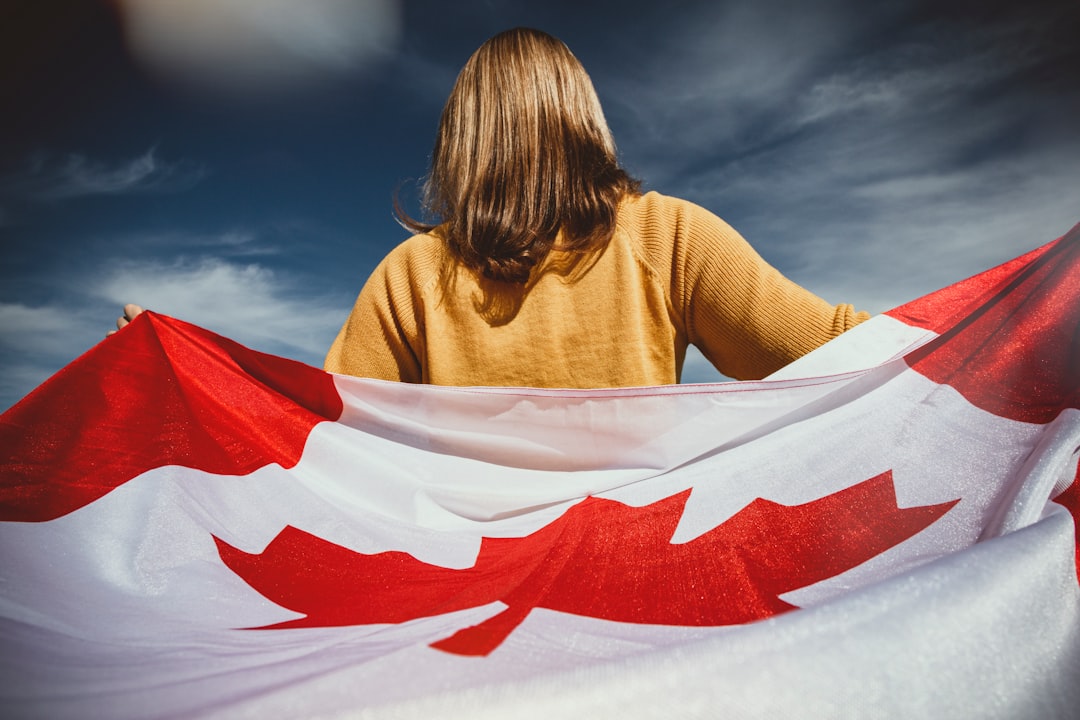Certainly! Below is a comprehensive article about Canadian politics, including tables for clarity.
Understanding Canadian Politics: Structure, Processes, and Key Players
Canada, renowned for its multiculturalism, vast geography, and high quality of life, is also notable for its stable and dynamic political system. Canadian politics balances British parliamentary traditions with North American federalism, producing a unique blend of governance principles. This article explores the foundational aspects of Canadian politics, the structure of its government, electoral mechanisms, prominent political parties, and pressing contemporary issues.
Table of Contents
- Political Structure
- The Federal System
- Monarchy and the Crown
- The Executive Branch
- The Legislative Branch
- The Judicial Branch
- Major Political Parties
- Federal Elections
- Current Issues in Canadian Politics
- Conclusion
1. Political Structure
Canada is a federal parliamentary democracy and a constitutional monarchy. Its political system is characterized by the division of powers between the federal government and ten provincial and three territorial governments.
2. The Federal System
Canada’s federal system is designed to accommodate local autonomy while maintaining national unity. The division of powers is stipulated in the Constitution Act, 1867 (formerly the British North America Act).
| Government Level | Responsibilities |
|---|---|
| Federal | Defense, trade, foreign policy, immigration, banking |
| Provincial | Education, health care, natural resources |
| Municipal | Local roads, public transit, water supply |
3. Monarchy and the Crown
The King of Canada (currently Charles III, as of 2024), is the ceremonial head of state. The King’s federal representative is the Governor General, appointed on the advice of the Prime Minister for a five-year term. Provincial representatives are called Lieutenant Governors.
Role of the Monarchy:
- Symbolic custodian of the Constitution
- Grants Royal Assent to legislation (a formality)
- Acts on the advice of elected officials
4. The Executive Branch
The executive branch technically consists of the Crown, but, in practice, is led by the Prime Minister and the Cabinet.
| Position | Role |
|---|---|
| Prime Minister | Head of government, sets policy, represents Canada |
| Cabinet Ministers | Heads of federal departments, policy development |
| Governor General | Ceremonial, grants royal assent, "opens" Parliament |
5. The Legislative Branch
The Parliament of Canada is bicameral, made up of the House of Commons and the Senate.
House of Commons
- 338 seats (as of 2024); number may change with population shifts
- Members of Parliament (MPs) elected from single-member districts
- Prime Minister’s party typically has the most seats
Senate
- 105 members appointed by the Governor General on the advice of the Prime Minister
- Intended to represent regions and offer "sober second thought" on legislation
- Lacks the direct democratic legitimacy of the Commons
| House | Membership | Selection | Main Function |
|---|---|---|---|
| House of Commons | 338 (2024) | Elected by public | Passes legislation |
| Senate | 105 | Appointed | Reviews/amends legislation |
6. The Judicial Branch
Canada’s court system is led by the Supreme Court of Canada, which interprets laws, ensures they adhere to the Constitution, and arbitrates disputes between federal and provincial governments.
| Court | Jurisdiction |
|---|---|
| Supreme Court of Canada | National, constitutional matters |
| Federal Courts | Federal law, immigration, etc. |
| Provincial Courts | Civil, criminal, family matters |
7. Major Political Parties
Canadian politics is dominated by several key parties at the federal level:
| Party | Political Orientation | Leader (as of 2024) |
|---|---|---|
| Liberal Party | Centre to centre-left | Justin Trudeau |
| Conservative Party | Centre-right | Pierre Poilievre |
| New Democratic Party | Social democratic | Jagmeet Singh |
| Bloc Québécois | Quebec nationalism | Yves-François Blanchet |
| Green Party | Environmentalist | Elizabeth May & Jonathan Pedneault (co-leaders) |
8. Federal Elections
Electoral System
Federal elections are held every four years, though a governing party can request dissolution of Parliament earlier. Canada uses the First-Past-The-Post (FPTP) system, meaning the candidate with the most votes in each riding wins a seat in the Commons.
Recent Federal Election Results (2021)
| Party | Seats Won | Percentage of Vote |
|---|---|---|
| Liberal Party | 160 | 32.6% |
| Conservative Party | 119 | 33.7% |
| Bloc Québécois | 32 | 7.6% |
| New Democratic Party | 25 | 17.8% |
| Green Party | 2 | 2.3% |
The next scheduled federal election is in 2025.
9. Current Issues in Canadian Politics
1. Indigenous Reconciliation
Ongoing discussions and policy development around reconciliation, Indigenous rights, and addressing historical injustices, including the implementation of the Truth and Reconciliation Commission’s Calls to Action.
2. Climate Change
Debates over pipelines, carbon taxes, and energy transition are central to political platforms.
3. Healthcare
Canada’s publicly funded healthcare system faces challenges like aging populations, wait times, and calls for expanded coverage.
4. Housing Affordability
Rising housing prices, especially in major cities, have spurred debates on regulation and social support measures.
5. Federal-Provincial Relations
Contentious issues such as health funding, resource revenues, and jurisdictional authority continue to shape the Canadian political landscape.
Conclusion
Canadian politics offers a fascinating mix of tradition and innovation, local autonomy, and national cohesion. Its parliamentary democracy ensures stable governance, while periodic challenges spark debate and reform. As Canada’s population diversifies and its role on the world stage evolves, understanding the country’s political foundations is vital for citizens and observers alike.
References
- Government of Canada, Parliament of Canada official resources
- Elections Canada
- CBC News, The Globe and Mail, and other news sources
This article provides a foundation for understanding Canada’s political system. For deeper study, consult the Parliament of Canada’s official website and reputable Canadian news outlets for up-to-date political coverage.
